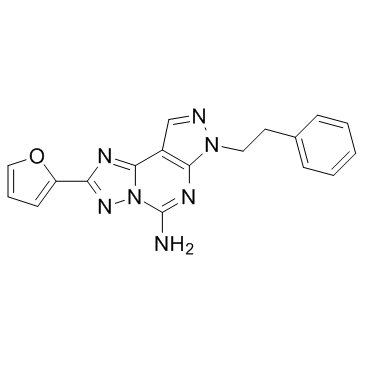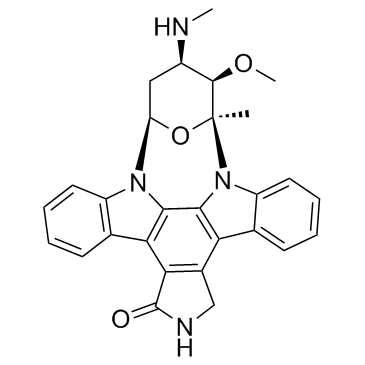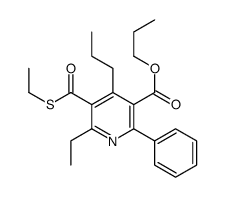| Structure | Name/CAS No. | Articles |
|---|---|---|
 |
pertussis toxin
CAS:70323-44-3 |
|
 |
SCH 58261
CAS:160098-96-4 |
|
 |
Staurosporine
CAS:62996-74-1 |
|
 |
DPCPX
CAS:102146-07-6 |
|
 |
MRS 1523
CAS:212329-37-8 |